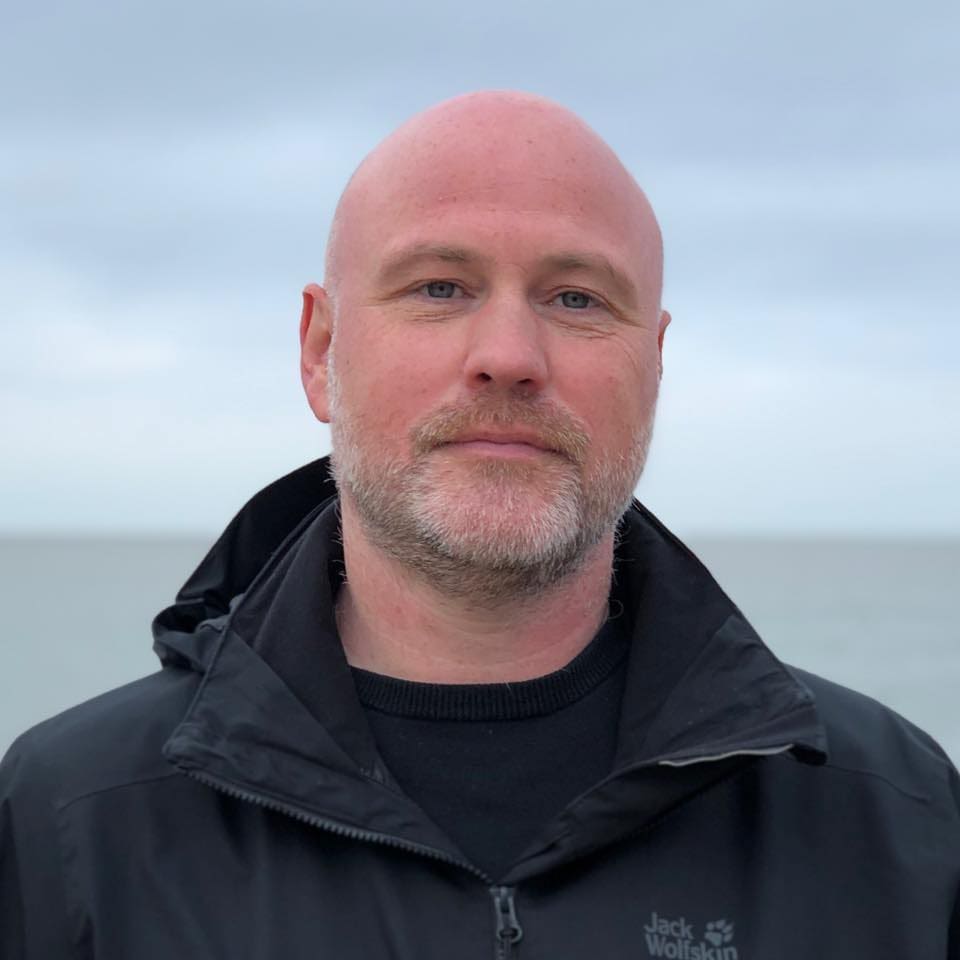Mentallo & The Fixer plan new album and embark on first US tour since 2006

Mentallo & The Fixer
The legendary duo Mentallo & The Fixer have officially reunited. Brothers Gary and Dwayne Dassing, the masterminds behind the project, have returned to the studio.
Mentallo & The Fixer literally dominated the 90’s industrial landscape with their meticulous industrial patchwork blending exquisite programming, samples, and a mix of sci-fi and societal commentary.
2025 marks their first full-length album as a duo since 1997’s “Burnt Beyond Recognition”. And that is not all, the band will embark on their first US tour since 2006, coinciding with the 30th anniversary of their classic album, “Where Angels Fear to Tread”. Tickets are available here.
About Mentallo & The Fixer
Mentallo & The Fixer is an electro-industrial project formed by Texan brothers Gary (Mentallo) and Dwayne (The Fixer) Dassing in 1988. Initially experimenting with traditional rock instruments, they shifted focus to synthesizers and samplers, leading to the creation of their first band, Benestrophe, with vocalist Richard Mendez. After Benestrophe disbanded, the Dassings established Mentallo & The Fixer, deriving the name from two Marvel Comics characters.
Their debut album, “No Rest for the Wicked” (1992), released on the Portuguese label Simbiose Records, garnered quite some attention in the electro-industrial scene. This success led to a partnership with Metropolis Records, through which they released “Revelations 23” (1993).
In 1994, the brothers collaborated with vocalist Michael Greene on a side project named “Mainesthai“, resulting in two albums: “Out to Lunch” and “Mentallo & The Fixer Meets Mainesthai”. Continuing as Mentallo & The Fixer, they released “Where Angels Fear to Tread” (1994) and “Burnt Beyond Recognition” (1997).
Following Dwayne’s departure in 1999, Gary continued the project solo, producing albums such as “Algorythum” (1999), “Love Is the Law” (2000), and “Enlightenment Through a Chemical Catalyst” (2007).
Since you’re here …
… we have a small favour to ask. More people are reading Side-Line Magazine than ever but advertising revenues across the media are falling fast. Unlike many news organisations, we haven’t put up a paywall – we want to keep our journalism as open as we can - and we refuse to add annoying advertising. So you can see why we need to ask for your help.
Side-Line’s independent journalism takes a lot of time, money and hard work to produce. But we do it because we want to push the artists we like and who are equally fighting to survive.
If everyone who reads our reporting, who likes it, helps fund it, our future would be much more secure. For as little as 5 US$, you can support Side-Line Magazine – and it only takes a minute. Thank you.
The donations are safely powered by Paypal.


